
A Visit From the High Sheriff of Buckinghamshire
Yesterday Chiltern Open Air Museum welcomed Pippa Kirkbride, the High Sheriff of Buckinghamshire, to meet its volunteers.

Diwali Celebration Awarded National Lottery Funding
Chiltern Open Air Museum is delighted to announce that we have received funding from The National Lottery Community Fund to support Diwali celebrations at the Museum in both 2025 and 2026.

Liberty of London’s Chiltern Connections
The luxury department store Liberty of London is known around the world for its close connection to art and culture but did you know that it has its roots in the Chilterns?

Harvest Festivities in the Chilterns
Discover the history of harvest festivities in the Chilterns.

The “Bloody Code”: Crimes and their Punishments in the 18th Century
Crimes and their punishments were often utterly bizarre in England until well into the 19th century and were extremely unequal and unfair. We take a look at the British Legal System in the 17th Century and its legacy.
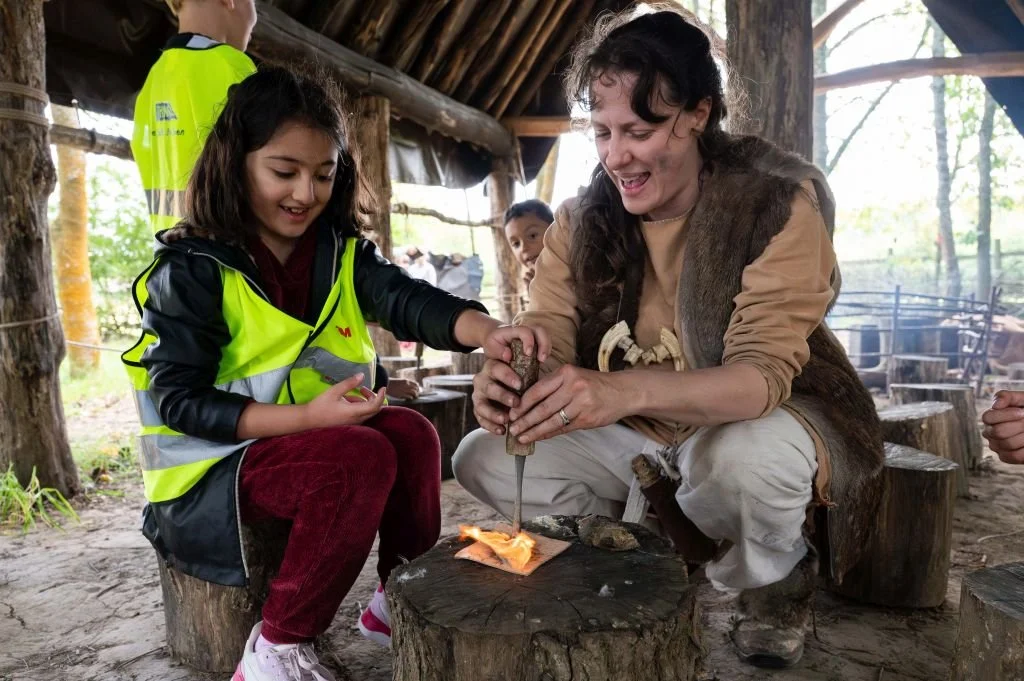
Chiltern Open Air Museum Awarded Prestigious Heritage Learning Award
Chiltern Open Air Museum are delighted to be named as one of 19 winners for this year’s Sandford Award, which includes a dynamic mix of museums, historic landmarks and an archaeological park, that are all reshaping how we connect with the past.

Chalk, Cherries and Chairs: The History of the Chilterns
The Chiltern Hills have enjoyed sustained prosperity over centuries thanks to a rich blend of geography, geology, and human ingenuity. We explore the origins of the Chilterns and why the area is so special.

Do You Know the Difference Between a Blacksmith and a Farrier?
Our resident blacksmith tells us the history of the trade and the differences between a blacksmith, a wheelwright and a farrier.
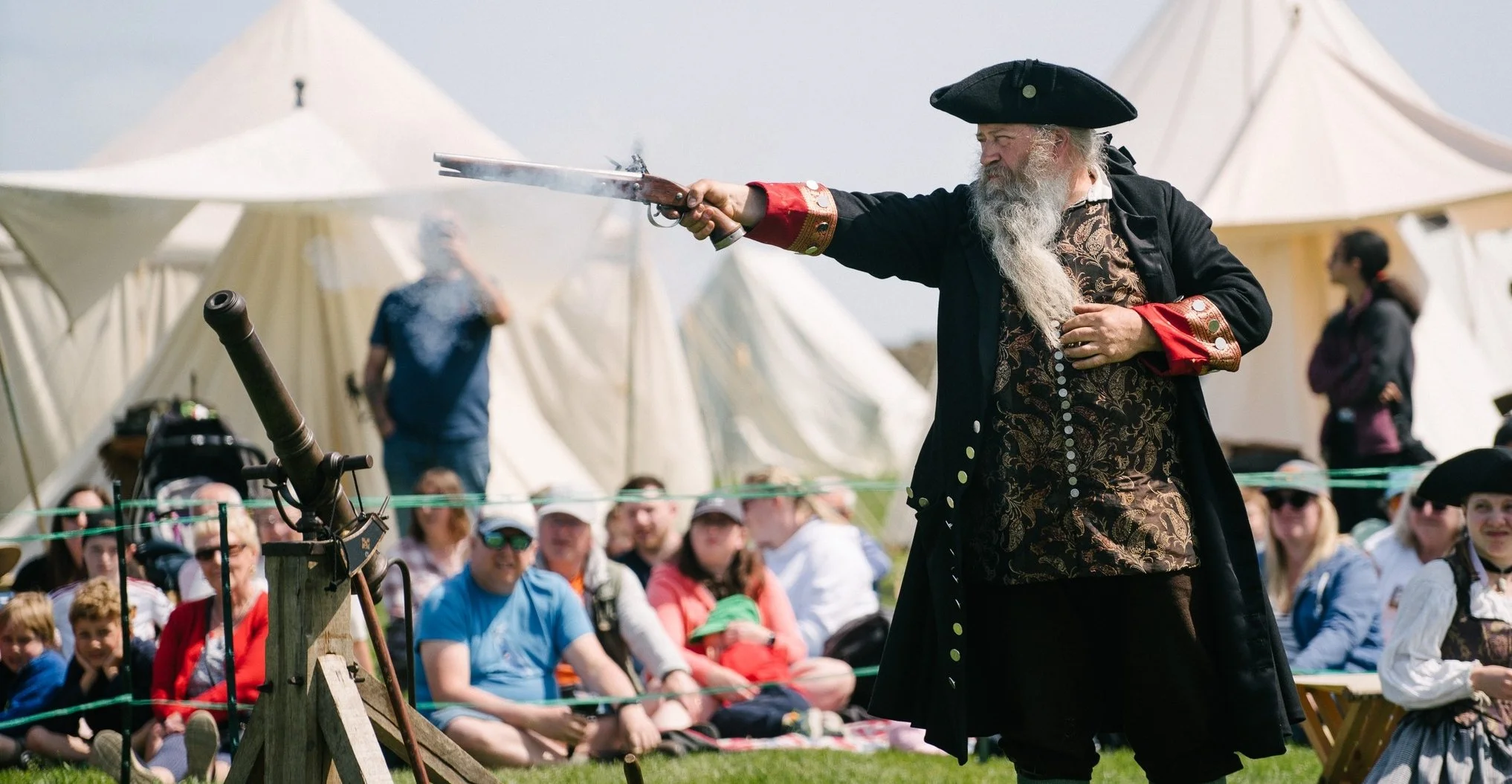
Rogues and Highwaymen
On 2 & 3 August Chiltern Open Air Museum will be taken over by the Rogues and Highwaymen of the Suffolk Free Company. But what were highwaymen and why are they notorious in British history?

Meet Tim Harris - Traditional Chairmaker
In the lead up to our Heritage Crafts Weekend on 26 & 27 July, we take a moment to meet some of the traditional craftspeople that will be at the event. If you go down to the Museum woods, you’ll often find Tim Harris chairmaking in our traditional Bodger’s Area.
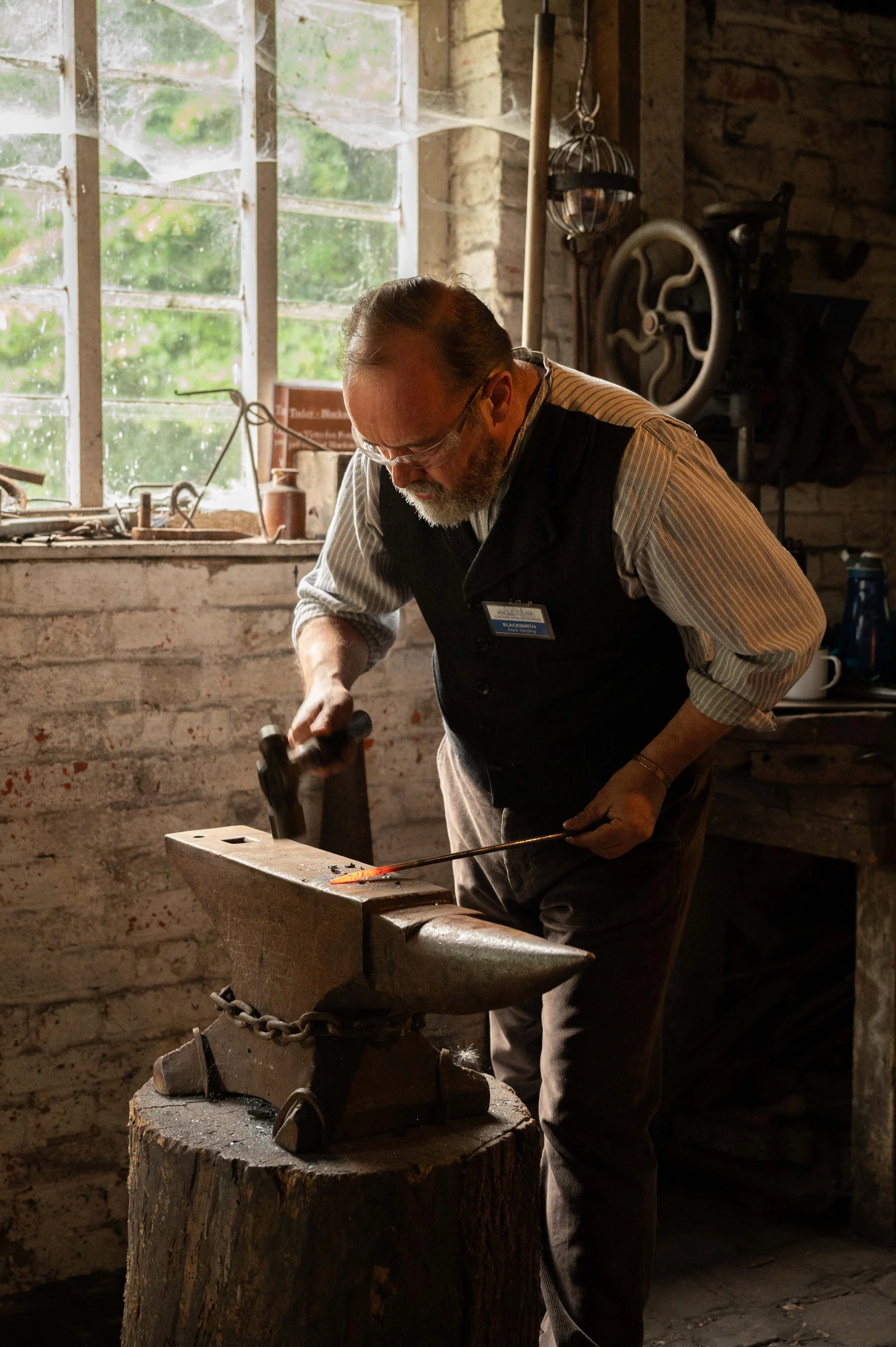
Meet Mark Harding - Blacksmith
In the lead up to our Heritage Crafts Weekend on 26 & 27 July, we take a moment to meet some of the traditional craftspeople that will be at the event. Most weekends you’ll find Mark Harding at work in our Victorian Garston Forge, either demonstrating traditional blacksmithing techniques or leading experience days.

The History of Newland Park
Chiltern Open Air Museum is based within the old grounds of Newland Park in Chalfont St. Giles. We take a look at some of the history of the house and surrounding area including Gott’s Obelisk.
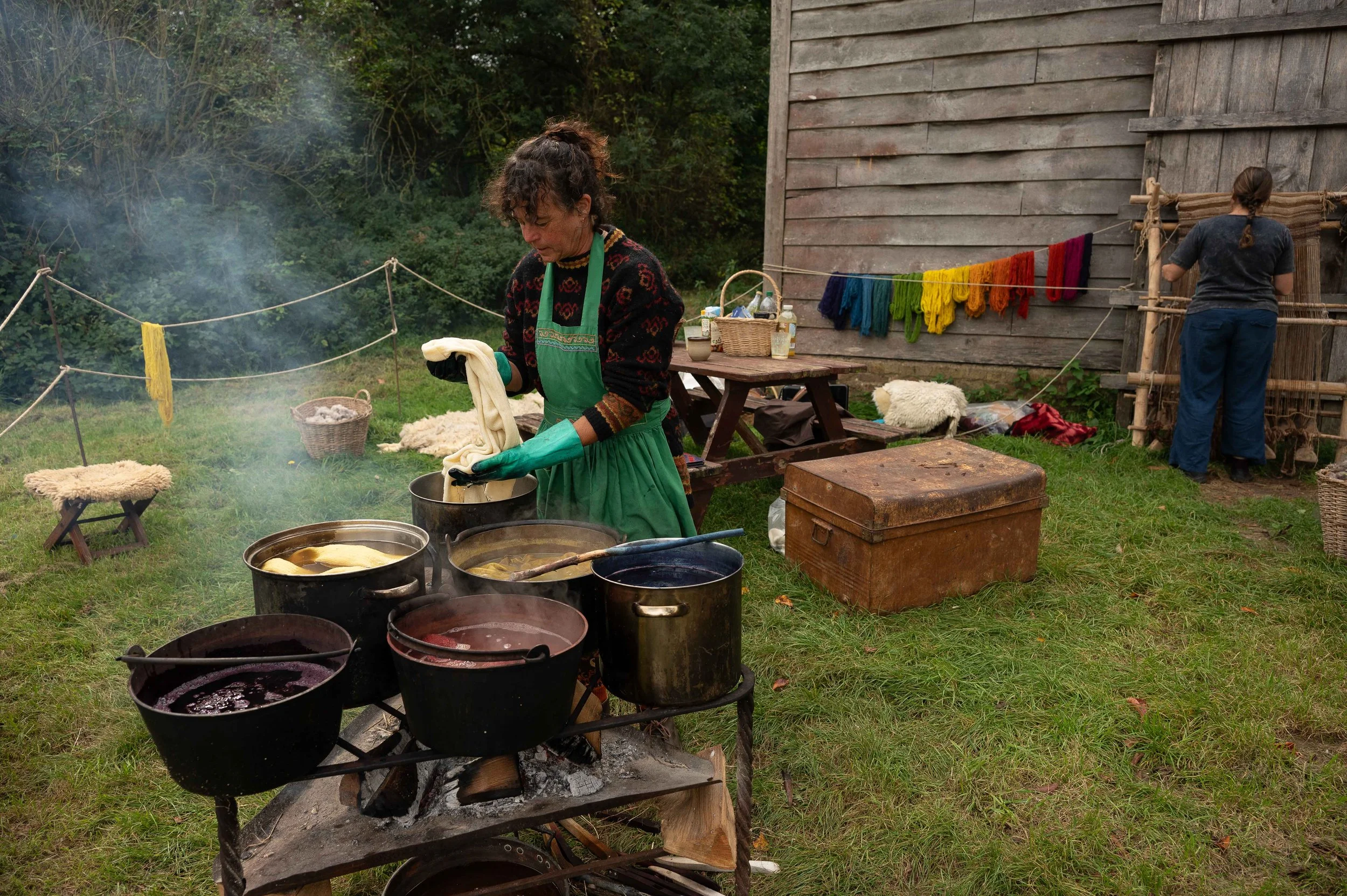
Meet Flow and Romily - The Outside Dyers
In the lead up to our Heritage Crafts Weekend on 26 & 27 July, we’re meeting some of the talented craftspeople who will be demonstrating their skills at the event. Our second makers to meet are Flow and Romily - The Outside Dyers.

Colours of History: the Lost Art of Natural Dyeing
Since prehistoric times, humans have been dyeing their clothes to show individuality, status and allegiance. People have used plants, minerals (and even animals!) to add colour to fabrics. Now, it’s almost impossible to imagine using these methods. Where did people get the different colours? How did they dye it? And when did this all change?

Meet Jonny Cope - Flint Knapping & Bronze Casting
In the lead up to our Heritage Crafts Weekend on 26 & 27 July, we take a moment to meet some of the traditional craftspeople that will be at the event. Next we meet Jonny Cope, a regular heritage craft demonstrator and workshop leader at the Museum.
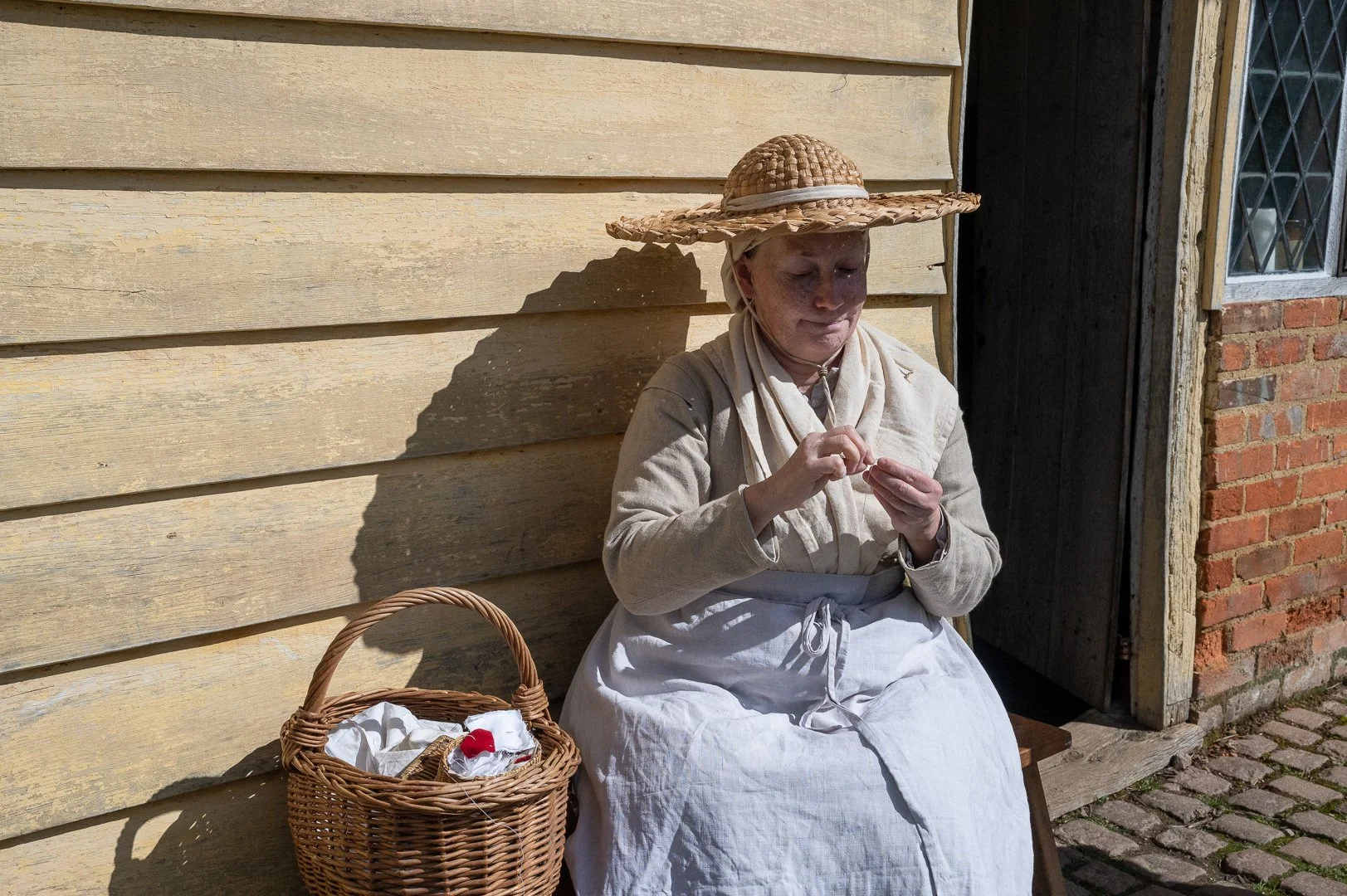
Meet Elaine - Lacemaking
In the lead up to our Heritage Crafts Weekend on 26 & 27 July, we take a moment to meet some of the traditional craftspeople that will be at the event. This time, we’re looking at the craft of lacemaking with expert reenactor Elaine who can often be seen at the Museum bringing history to life for many different time periods.

Free WW2 Themed Workshop for 5 Schools
As part of the VE80 celebrations grant from the UK Government through Arts Council England we are offering 5 schools a FREE trip to COAM to experience a WW2 themed workshop on a strictly first-come, first-served basis providing the trips occur before January 2026. As well as offering the sessions totally free, we can also contribute a bursary of up to £500 to pay for travel.

Meet the Middlesex Woodturners
In the lead up to our Heritage Crafts Weekend on 26 & 27 July, we take a moment to meet some of the traditional craftspeople that will be at the event. Next up, it’s the Middlesex Woodturners.

Meet Judith - 18th Century Spinning
In the lead up to our Heritage Crafts Weekend on 26 & 27 July, we take a moment to meet some of the traditional craftspeople that will be at the event. This time it’s the turn of a familiar face at the Museum - Judith, our 18th Century Spinning expert.

Meet Alan Paulus - Wheelwright and Traditional Bucket Maker
In the lead up to our Heritage Crafts Weekend on 26 & 27 July, we take a moment to meet some of the traditional craftspeople that will be at the event. Our first maker is Alan Paulus - wheelwright and traditional bucket maker.
Finding Us
Newland Park, Gorelands Lane
Chalfont St Peter HP8 4AB
